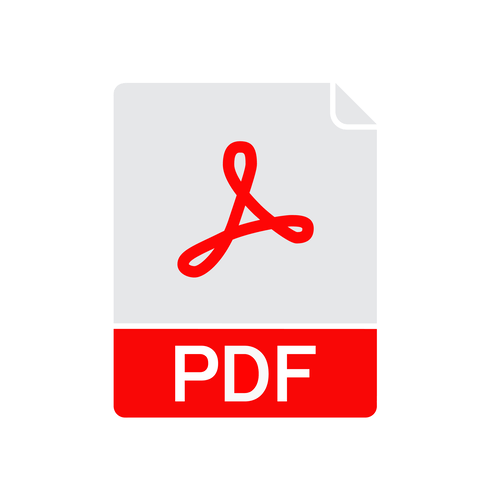
If a cashier or bank teller errs by giving too much or too little change, for example, then the business will have a “cash short” or “cash over” position at the end of the day. Therefore, the balance of cash short and over is on debit or credit depends on whether it is shortage or overage. In case of shortage, the cash over and short is on debit and vice versa. Bankrate.com is an independent, advertising-supported publisher and comparison service.
- The cash overage/shortage account is an expense account in the income statement of the business.
- Another credit card protection arises if there’s a problem with the goods or services you bought.
- Using software solutions — such as QuickBooks®, NetSuite® or Xero™ — can simplify double-entry accounting.
- Therefore, the cash over and short is usually at debit balance which represents an expense.
- Whether it makes sense to have more than one checking account depends on how you manage your money.
- This account is used to record both increases and decreases to profits resulting from errors.
Pros of using debit cards
As you use your credit card through a billing cycle, your charges tally up on your monthly statement. It’s up to you whether to pay off the entire balance by the due date (strongly is cash short and over a debit or credit recommended) or to make at least the minimum payment toward the amount you owe. Whether it makes sense to have more than one checking account depends on how you manage your money.

Cash shortage journal entry

Debit always goes on the left side of your journal entry, and credit goes on the right. In double-entry bookkeeping, the left and right sides (debits and credits) must always stay in balance. As you process more accounting transactions, you’ll become more familiar with this process. Take a look https://www.bookstime.com/statement-of-retained-earnings-example at this comprehensive chart of accounts that explains how other transactions affect debits and credits. Now, you see that the number of debit and credit entries is different. As long as the total dollar amount of debits and credits are equal, the balance sheet formula stays in balance.
Cash Shortage Journal Entry Example

For example, when paying rent for your firm’s office each month, you would enter a credit in your liability account. Suppose a retail business starts each day with a cash balance of 200 in the cash register. During the day sales of 1,400 are entered into the register, and a cash count at the end of the day shows cash of 1,614 as summarized below.
To open an EverBank Yield Pledge Checking account, you must deposit at least $100. Many other banks let you open a checking account with $25 or even less. You can only earn 1% cash back on up to $3,000 in debit card purchases per month. We like the Penfed Credit Union Access America Checking because account holders can get access to direct deposits from their employer up to one day early. Assets go on the left side, and liabilities and owner’s equity are reported on the right side.

Cash, in many cases, remains the quickest, simplest, easiest way to pay for things. It works well to cover small impromptu expenses—like a tip for the kid delivering pizzas to the lunch meeting, or cab fare home for employees working late. It saves the hassle of reimbursing people or expecting them to pay out-of-pocket for work-related items. If he introduces any additional capital, an entry will be made on the credit side of his capital account. Historically, the word “debit” derives from the Latin word debere, which means “to owe.” In accounting, this has been shortened to “Dr.”
The Bankrate promise
Card Issuer
- Your checking account and routing numbers are located at the bottom of your checks.
- In this guide, we’ll provide an in-depth explanation of debits and credits and teach you how to use both to keep your books balanced.
- Here are four common situations when using your debit card makes sense, along with some tips to help you make the most of your card’s features.
- In fact, there is always $100 in the box if you add up all the receipts and the cash (more or less, depending on the cash over/short situation).
- However, your liability increases up to $500 if you don’t catch and report the problem within two business days.
- This cash shortfall is recorded as a debit to the cash over and short account (which is an expense) and a credit to the petty cash or cash account (which is an asset reduction).
- Because single-entry bookkeeping is a cash system, which simply records incoming and outgoing cash in a single ledger, it’s not used very often by professional accountants or bookkeepers.
